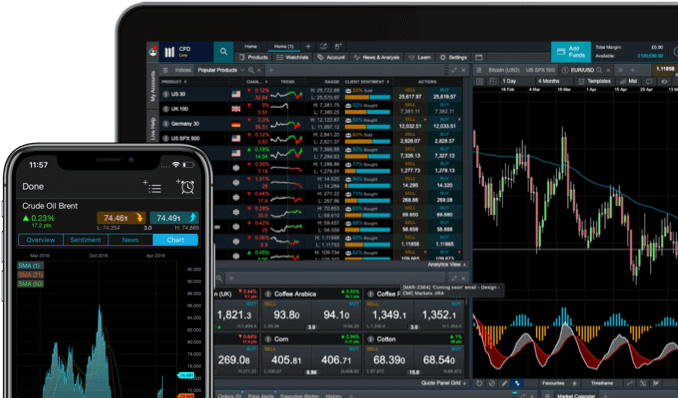
X
Choose your trading platfom

Web-Based Platform (NGEN)
Our Next Generation trading platform combines institutional-grade features and security, with lightning-fast execution and best-in-class insight and analysis.
Trade contracts for difference (CFDs) on over 12,000+ products including FX pairs, indices, commodities, shares, cryptocurrencies and treasuries.
Now compatible with TradingView
CFD account
MetaTrader 4 Platform (MT4)
Trade on the world's most popular trading platform, with advanced charting tools, EA's and algorithmic trading.Trade contracts for difference(CFDs) on over 200 products including FX Pairs, Indices, Commodities and popular shares.
Not compatible with TradingView
MT4 account